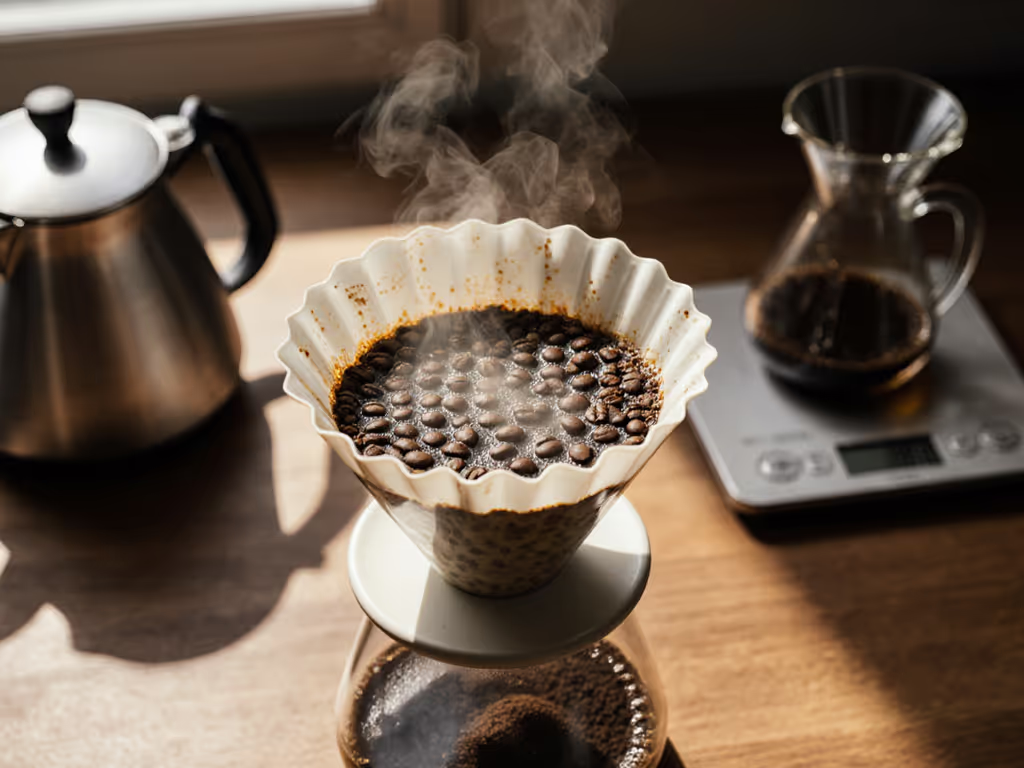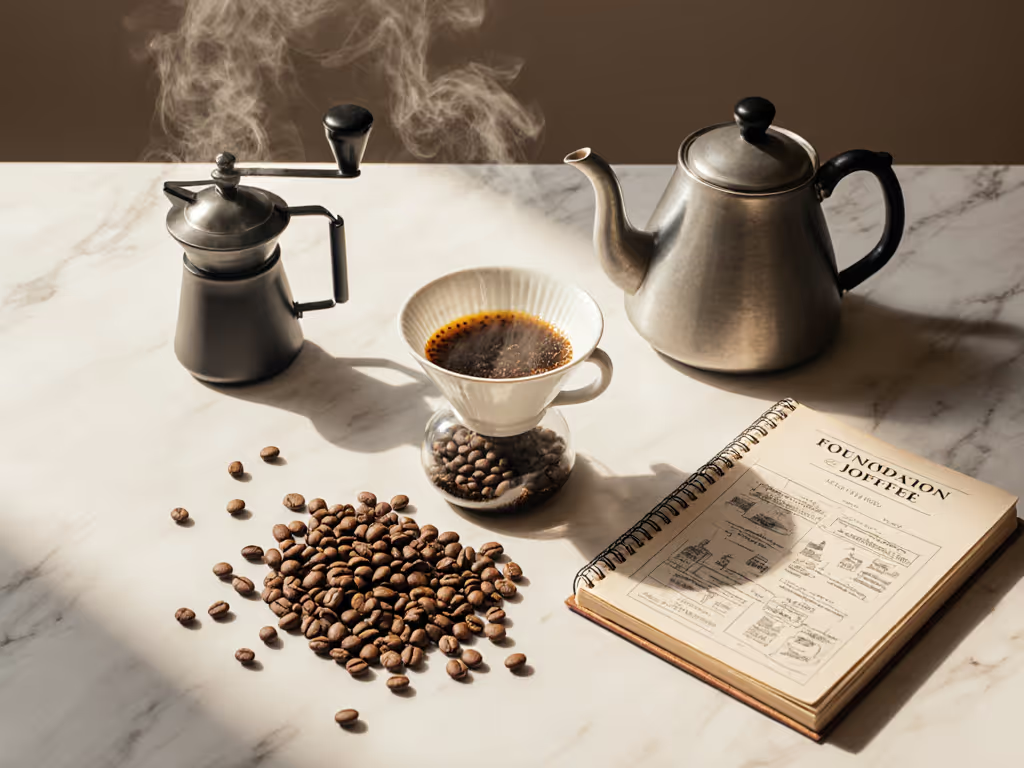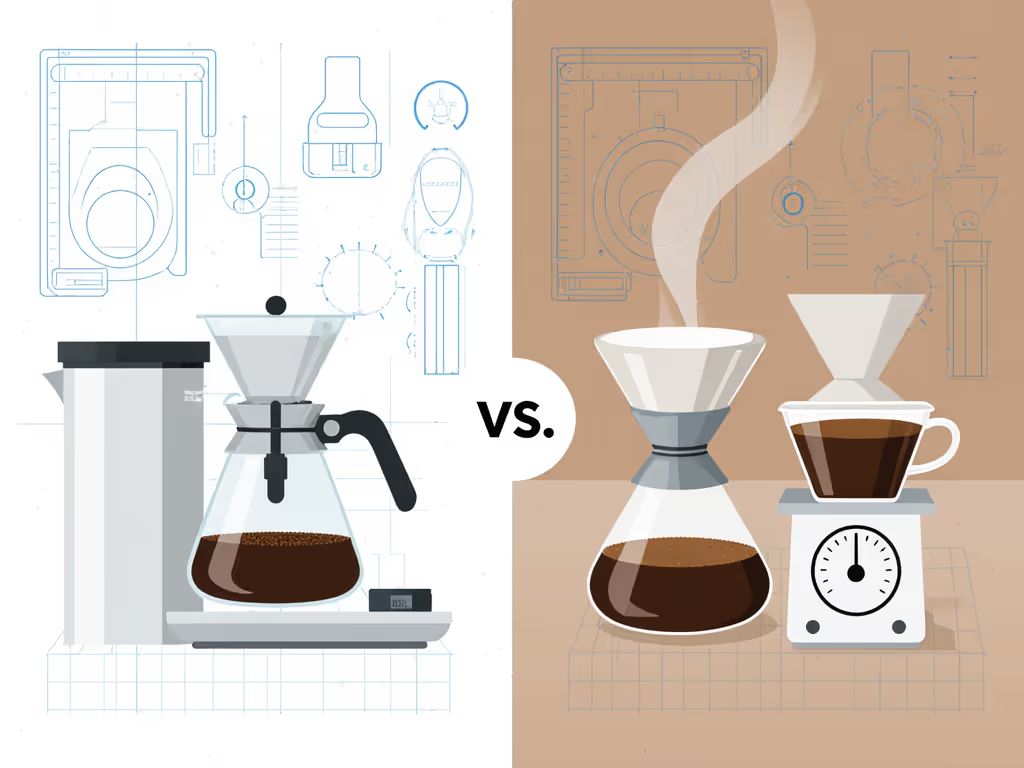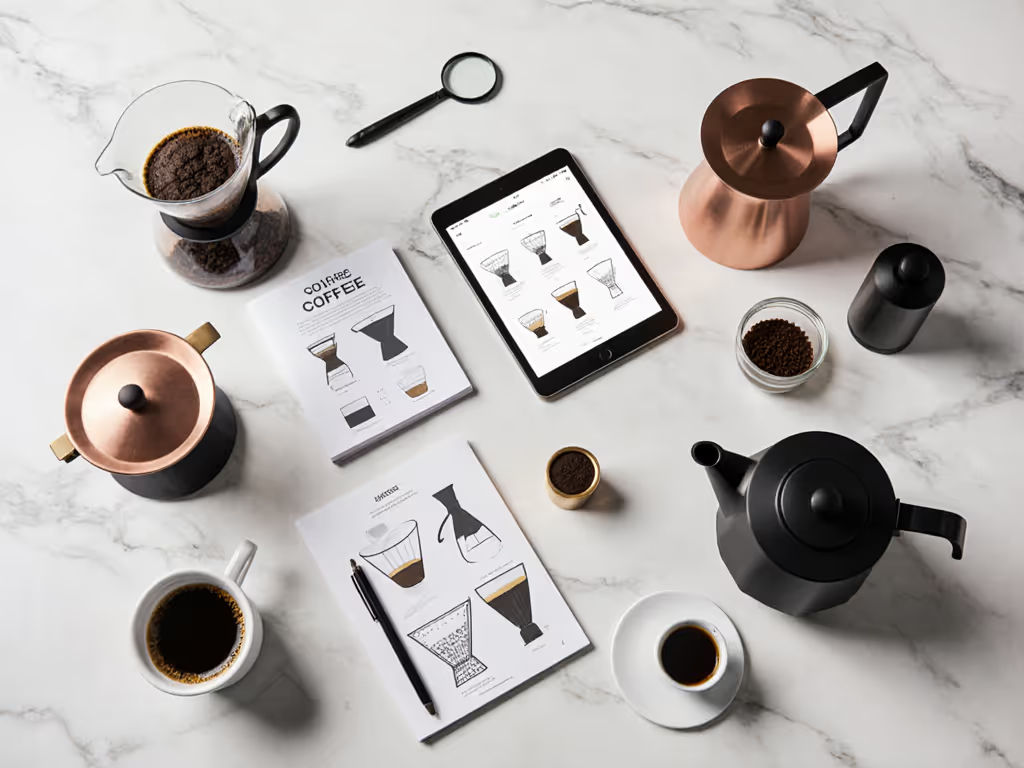
Brewing Techniques & Coffee Science
Practical methods and the why behind them—extraction variables, temperature, water, beans, pouring technique, and troubleshooting.
Explore Other Topics



Practical methods and the why behind them—extraction variables, temperature, water, beans, pouring technique, and troubleshooting.


